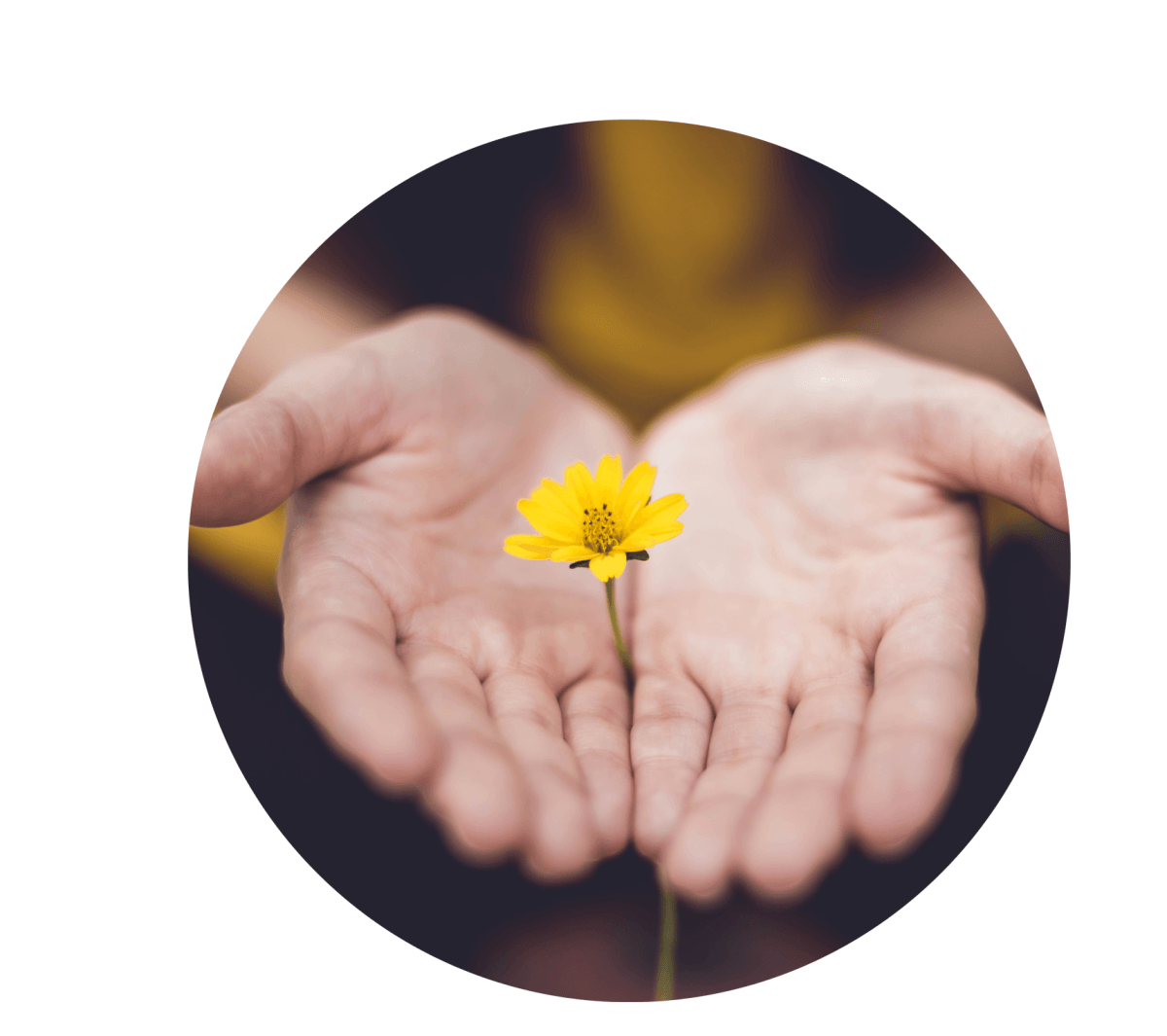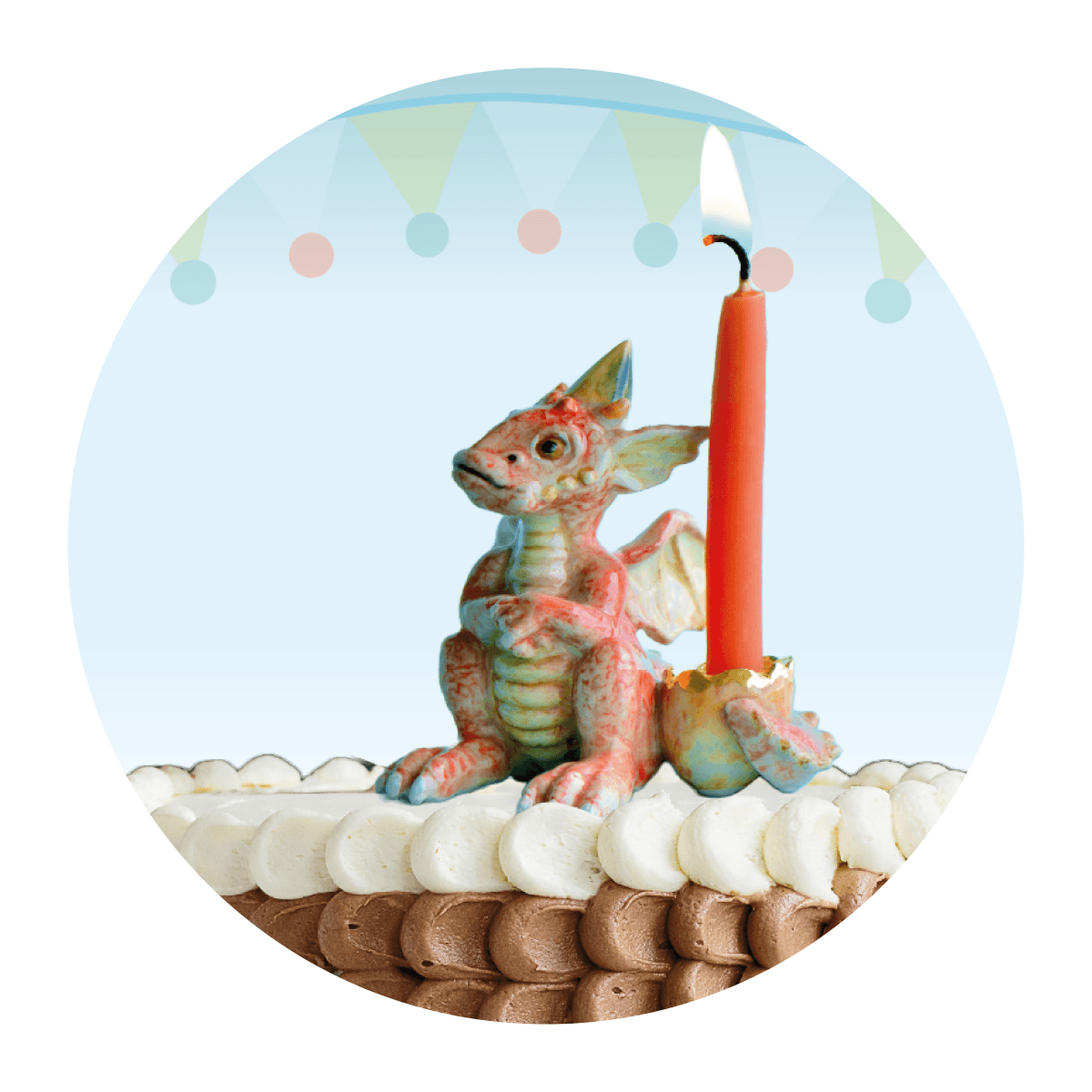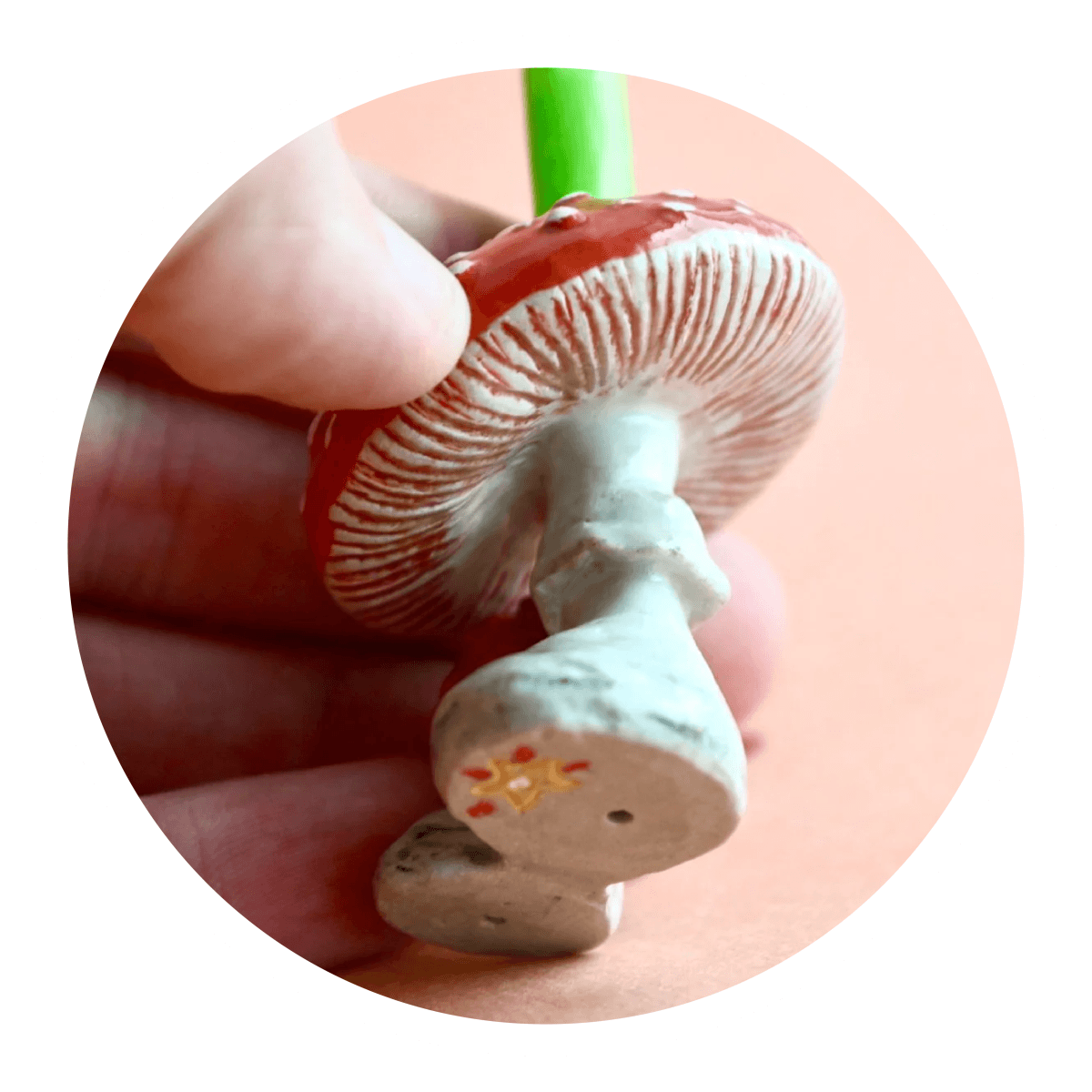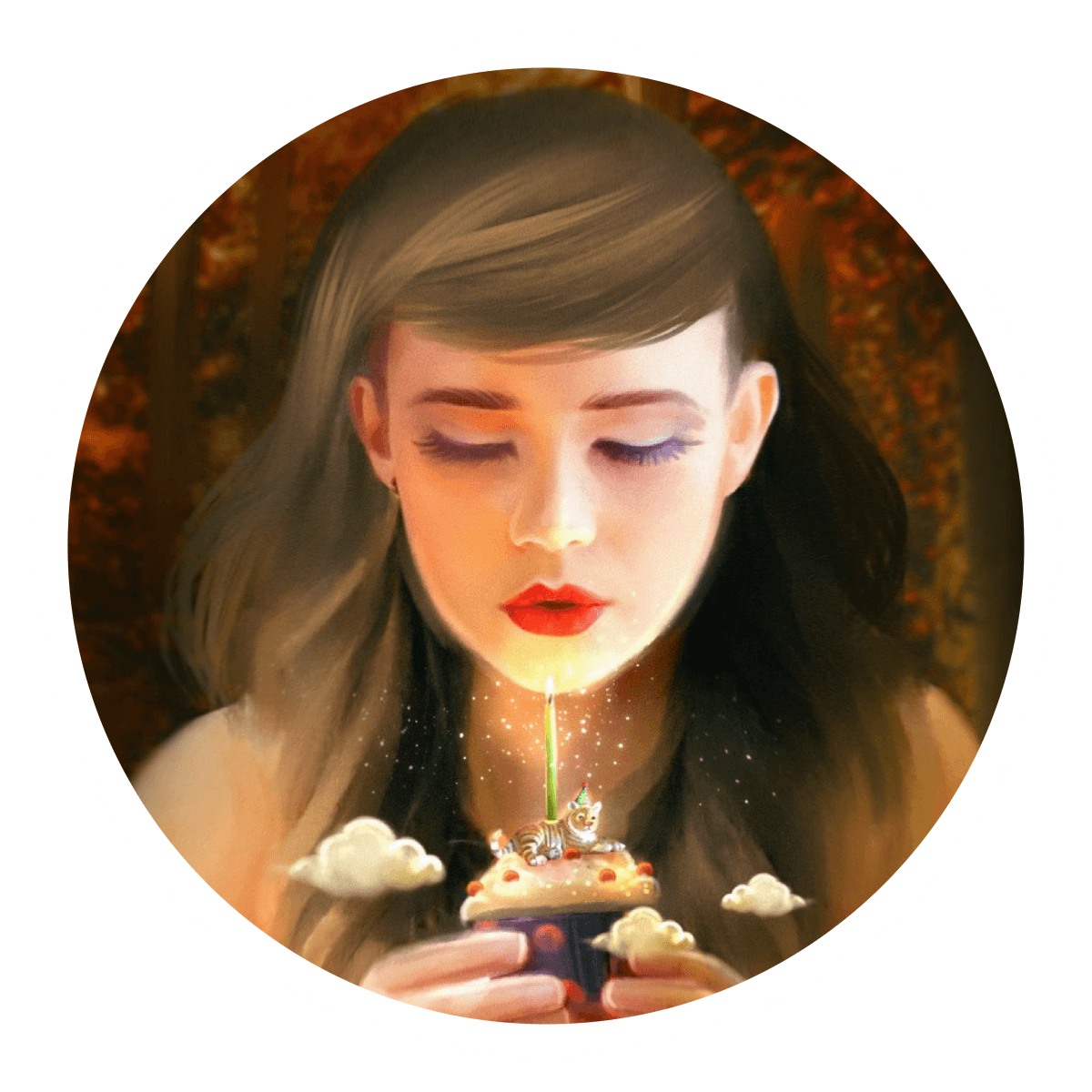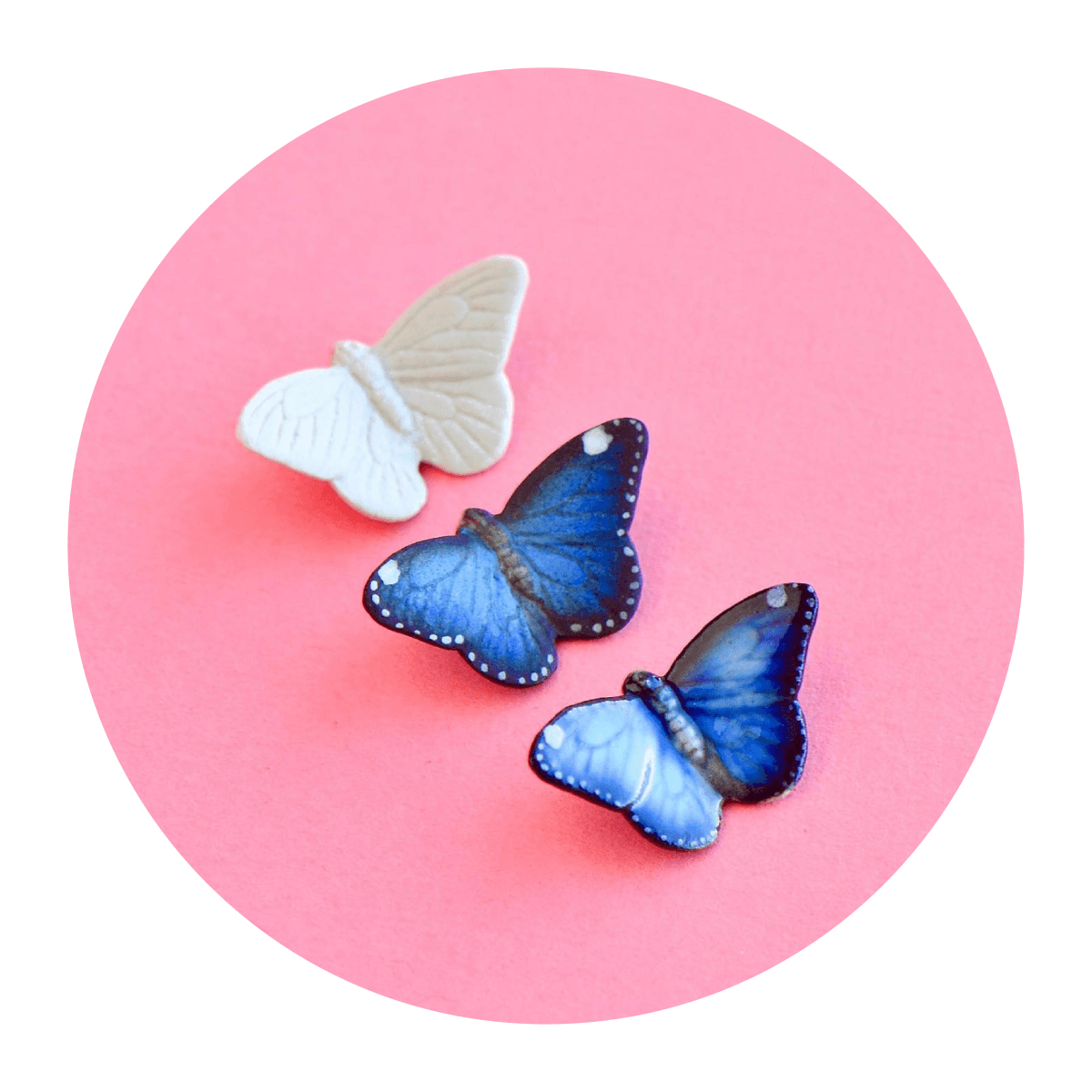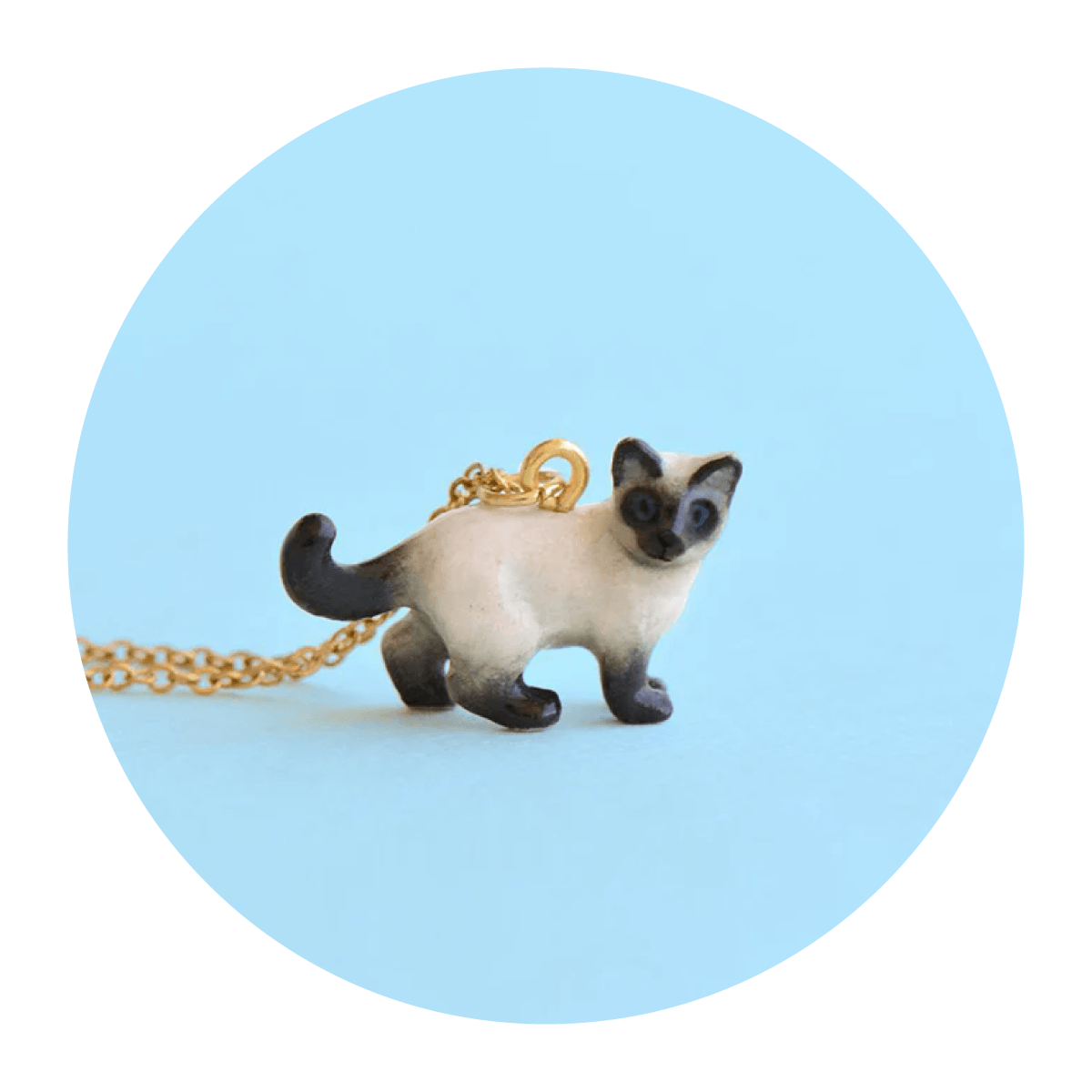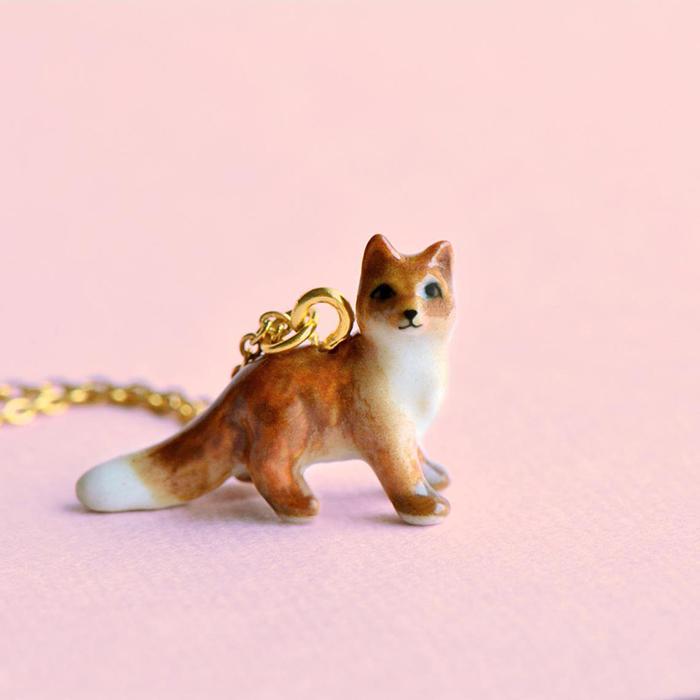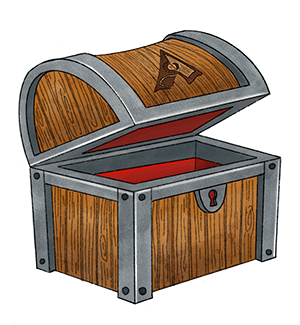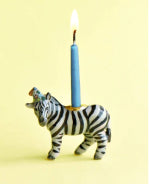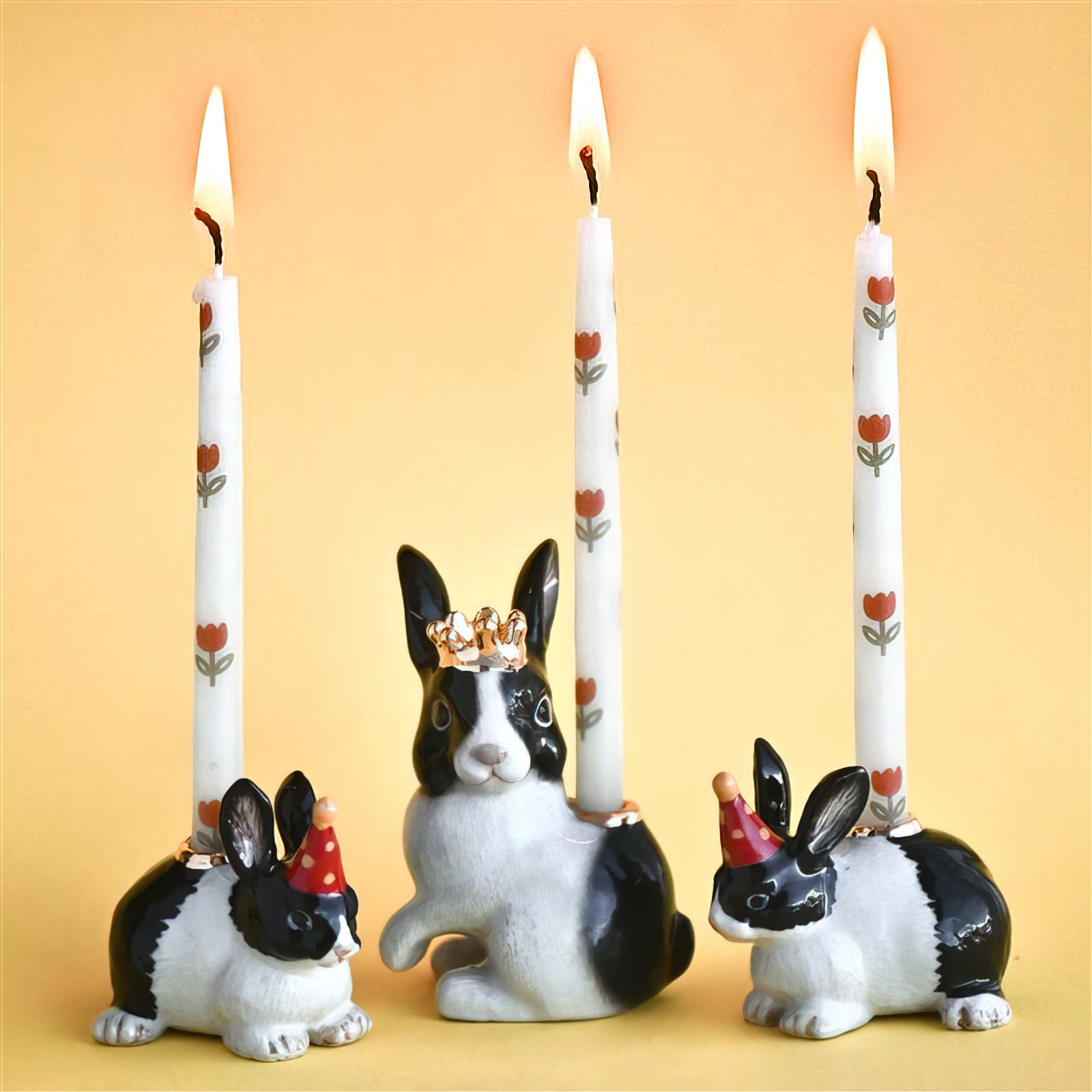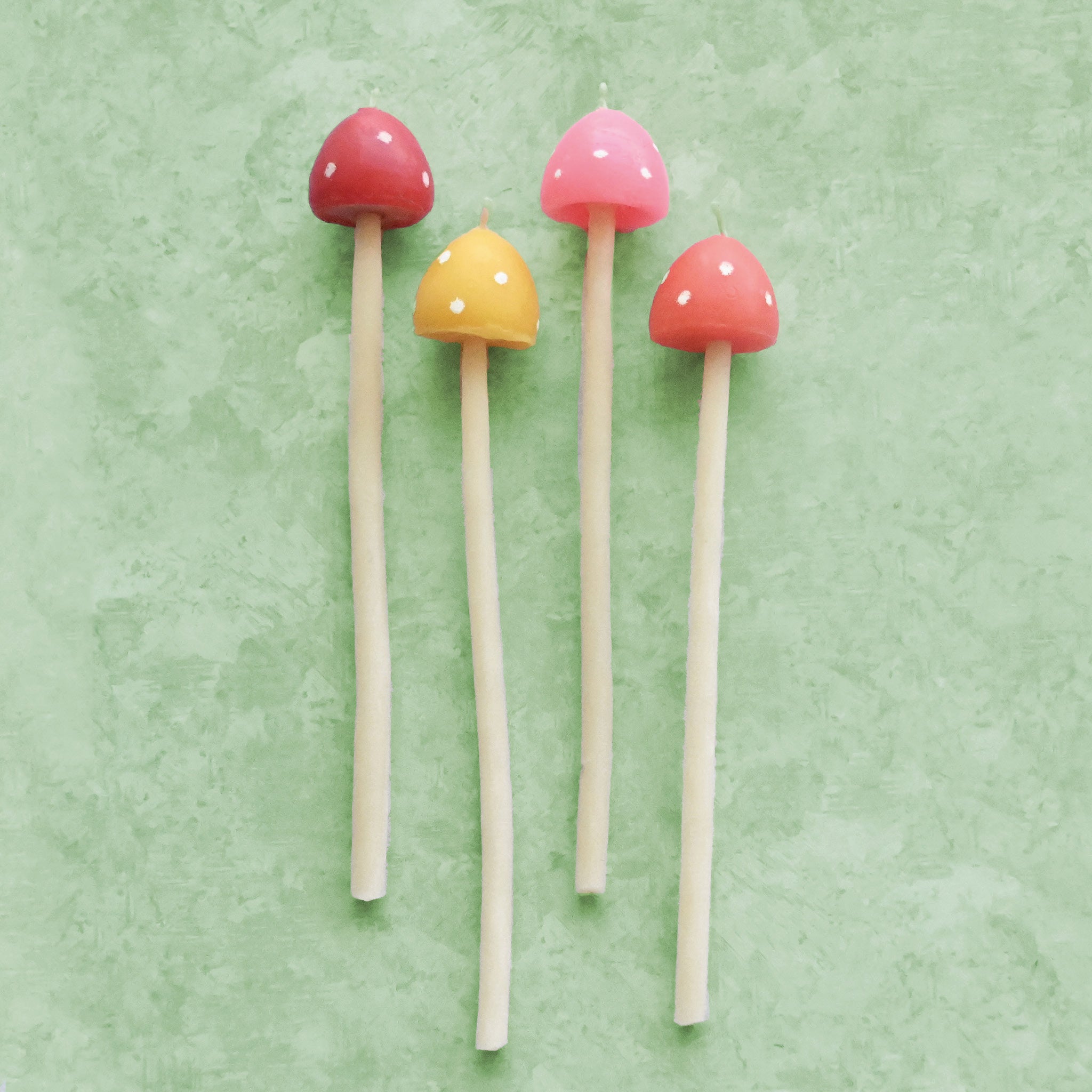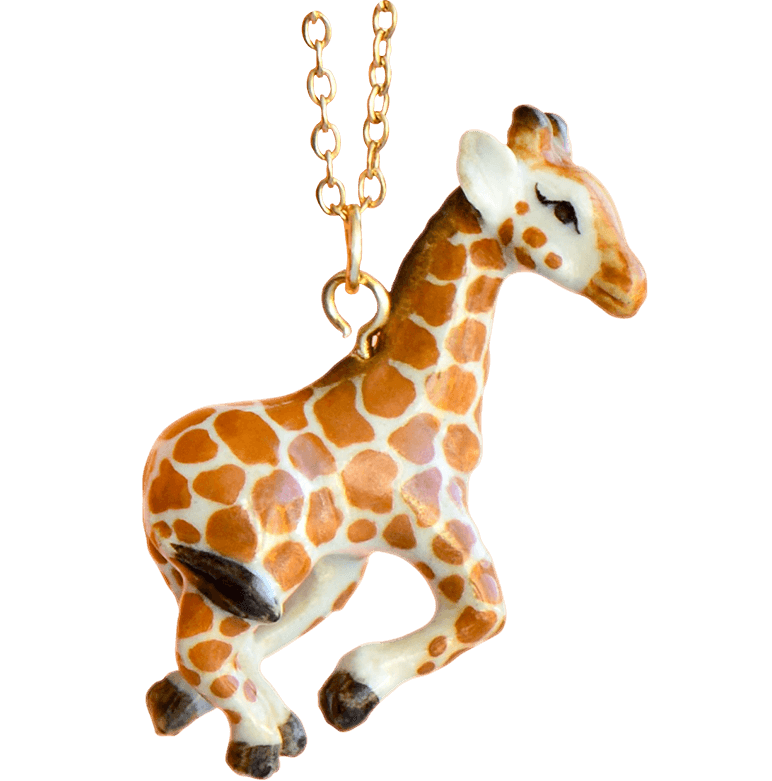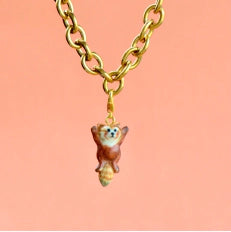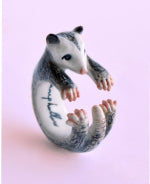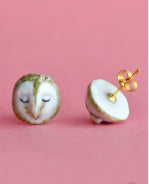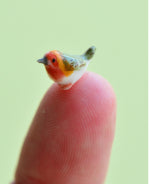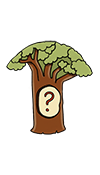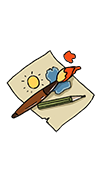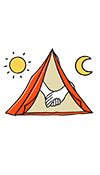Why do we have an ‘Easter Bunny’?
Posted by Katherine Leonard on Wed, Mar 29, 23
We all recognise the Easter bunny. A fluffy figure of folklore who delivers chocolate eggs on Easter morning.
For Christians, Easter Sunday marks the resurrection of Jesus Christ. Although rabbits and eggs seem unrelated, they are linked to the celebration through the symbolism of new life.
Rabbits breed a lot. Because of this, our fluffy tailed friends have always been a symbol of fertility and new life. The same can be said for eggs, which are also an ancient symbol of new life. Combining these two ideas together we get an egg laying hare we know as the Easter bunny.
Where did the Easter Bunny come from?

The Easter Hare or the “Osterhase” came from a branch of German Protestants. The original idea of the Hare was similar to Santa. The Hare was a mascot for the Easter holiday, judging children’s manners through Eastertide and delivering treats to those who were well-behaved. Children would make nests for the hare to lay their eggs in.
German immigrants brought the idea with them. From here, the Easter Bunny was adopted by the USA. Some children still leave baskets and carrots out for the Easter rabbit (in case he’s hopping hungry for a snack).
Lent and Decorated eggs

The start of lent is often celebrated with eating rich food. In France, this carnival celebration is called ‘Mardi Gras’ and is translated as ‘Fat Tuesday’. In other countries, this is celebrated as ‘Shrove Tuesday’ or ‘Pancake Day’. In these countries, people eat pancakes to use up the food they can’t eat during lent. One of these ingredients is eggs.
Eggs would have been a forbidden food throughout the lent period. Towards the end of lent, people would paint and decorate the eggs. On Easter, they would be eaten as part of the celebration. According to some sources, decorating eggs for Easter is a tradition that dates back to at the 13th century. Boiling eggs with flowers would colour them and bring spring into the home.

Now many people abstain from eating chocolate throughout lent and eat chocolate eggs on Easter morning.
Chocolate eggs and Jellybeans
Chocolate eggs date back to early 19th century Europe, whilst Jellybeans became associated with Easter in the 1930s. One of the most popular candies at Easter is the marshmallow Peep. Next to Halloween, Easter is a busy time for the confectionary industry! Whoever decided to make Easter Eggs out of chocolate is alright by me!
Other Easter Traditions.
As well as the Easter bunny himself, there are other animals and imagery associated with Easter. Chicks and Lambs are associated with new life. Lamb was often served as a meal on Easter Sunday, following the harsher winter season.
Easter Parades show off new clothing, bonnets and hats, welcoming in the new season. Easter lilies and daffodils lie dormant in the winter months. Once spring arrives they grow from the bulbs and symbolise hope and resurrection. Although Lilies are native to Japan, they made their way to the USA in the wake of World War 1 and have become closely associated with Easter.
Here at Camp Hollow we really love rabbits! You can tell by how many of our designs have been inspired by these pink nosed cuties!
Folklore and celebration are intertwined in our traditions and memories. We hope you enjoy the spring and the sun, and find all the Easter eggs hidden away! Perhaps our rabbit candle holders become a new Easter tradition in your own home. They certainly add the finishing touch to a home baked carrot cake.
We hope you enjoyed delving into our strange Easter traditions!
Have a Happy Easter from all of us at Camp Hollow! X

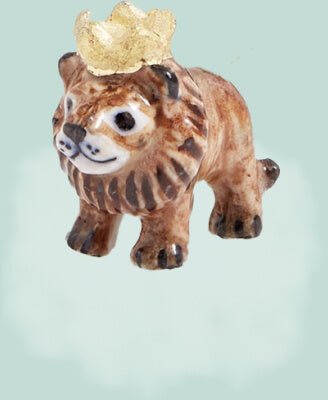
Bee-come a Camper
Promotions, news, stories, and more magic, directly to your inbox.

Thank you for subscribing!
We are so excited to have you
Collections
More















